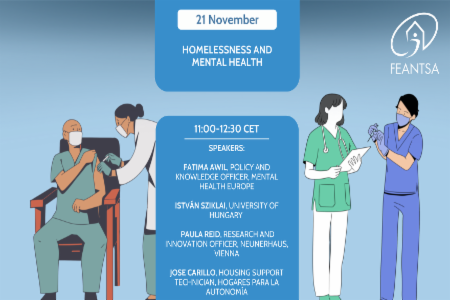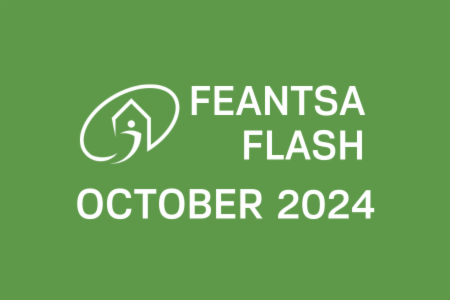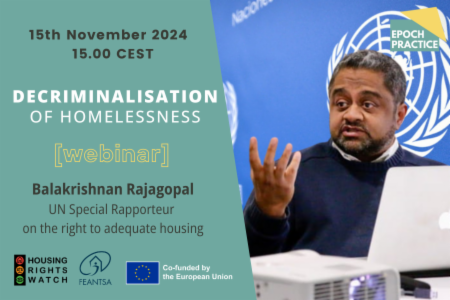ETHOS - European Typology on Homelessness and Housing Exclusion
FEANTSA has developed a European Typology of Homelessness and housing exclusion (ETHOS) as a means of improving understanding and measurement of homelessness in Europe, and to provide a common "language" for transnational exchanges on homelessness. This typology was launched in 2005 and is used for different purposes - as a framework for debate, for data collection purposes, for policy purposes, monitoring purposes, and in the media. It is important to note that this typology is an open exercise which makes abstraction of existing legal definitions in the EU members states.
In 2017, the English version of ETHOS and ETHOS Light were re-designed to reflect FEANTSA's new visual identity. Whilst ETHOS remains a comprehensive framework for experts and academics, ETHOS Light is intended as a harmonised definition of homelessness for statistical purposes,
Homelessness is perceived and tackled differently according to the country. ETHOS was developed through a review of existing definitions of homelessness and the realities of homelessness which service providers are faced with on a daily basis. ETHOS categories therefore attempt to cover all living situations which amount to forms of homelessness across Europe:
- rooflessness (without a shelter of any kind, sleeping rough)
- houselessness (with a place to sleep but temporary in institutions or shelter)
- living in insecure housing (threatened with severe exclusion due to insecure tenancies, eviction, domestic violence)
- living in inadequate housing (in caravans on illegal campsites, in unfit housing, in extreme overcrowding).
ETHOS Frequently Asked Questions





